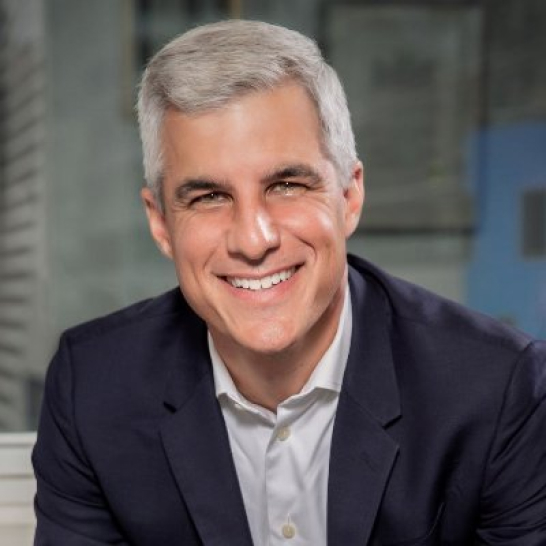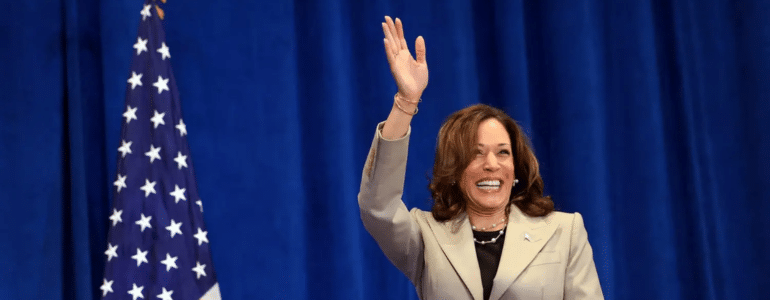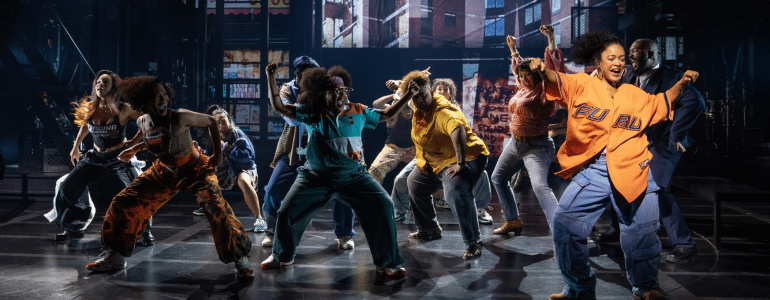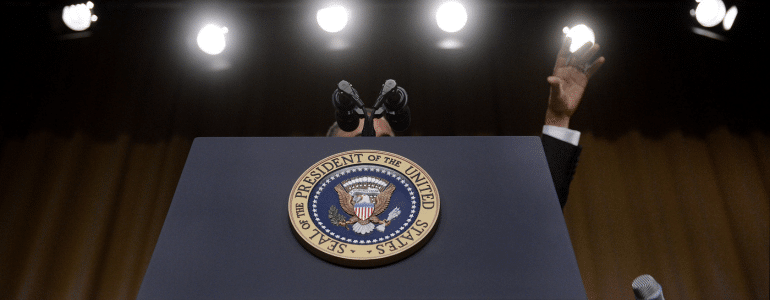Why Taylor Swift Is Like The NY Times (Or How To Work With Influencers on Broadway and How Not To)
Influencers are all the rage.
As social media rises in power as a word-of-mouth accelerator and as a direct-response sales tool (yep, it’s true), individuals with a tribe of passionate followers have become more, well, influential as well.
Like anything online, it’s easy to jump on the latest sell-tickets-quick scheme, which almost always results in NO ticket sales, and depleted ad budgets.
But in the post-pandemic era, with a younger demographic heading to the theater (and needed at the theater), the theater must start to embrace the Influencer as actual media.
To put it more specifically . . . Taylor Swift is like the NY Times.
Individuals with large followings that put out their opinions, news, human interest stories (pix of their pups) are like any other form of advertising media.
Some have massive international followings . . . and some are niche “publications” that may not have a large number of followers, but they have THE followers for a certain subject.
So how should the theater and Broadway work with them?
First, when I consider working with Influencers, I remind myself of this first . . .
Influencers are Advertising.
Therefore, I follow the same rules I follow when deciding whether or not to buy media from a magazine, an online publication, etc.
-
What is the distribution?
How many followers? How many impressions are you going to get? Important: just like the NY Times may tell you that they have 9.9 million digital subscribers, that does NOT mean that all of them are going to see your ad. We miss most of the advertising we see online and in print. If you place a full page ad in NY Magazine that appears on page 27 and the reader only gets to 23 or flips through the page quickly, the impression didn’t happen. Same is for an Influencer’s # of followers. And more importantly on social media than in traditional media . . . there are algorithms that decide what posts are going to be show to you or NOT. In fact, there was a time when it was said that only 7% of your followers on Instagram saw one of your posts. 7%! All of a sudden, 1 million followers ain’t that much.
-
What’s the demographic?
The size of the following isn’t as important as who is following an Influencer. If they don’t line up with the demographic for your show, then the impressions are worth even less. The NY Times has been a good place for plays and some musicals to advertise for years. Because so many of those subscribers are local AND theatergoers. Before spending money or entering into a partnership with an Influencer, don’t just look at the number of followers. Find out where they are – if 800k of an Influencer’s 1mm followers are overseas – that’s not going to do you much good. You want a demographic that is close to NYC. Theater tickets aren’t t-shirts. They can’t be bought and shipped and used anywhere. The customer has to get to a place. So make sure they CAN get to that place. What’s their age? Gender? Do these correspond with the people who are coming to your show AND are likely to recommend it?
-
Media is never successful when it’s one-and-done.
We all want to “go viral.” We all want to post something that sells our shows out. But just like advertising, that’s not the way it works. We don’t place one ad in the NY Times. We place several over the course of several weeks or months or longer. We don’t place one TV or radio ad. We buy several spots, again, over several weeks. Then we take a week off. Then we hit it again.
The same strategy applies for Influencers. If you find the right one, you shouldn’t be asking for one post. You should be negotiating a buy like any other advertising buy. First, because as we said above, one post will most likely not be seen by the overwhelming majority of a person’s following. Second, even if it IS seen . . . it takes multiple impressions for a customer to take action. It used to be 5. Then it was 8. Nowadays some people say it takes 100! You’ve got to burn your branding into the customer’s mind . . . over time.
Influencers aren’t going away. In fact, according to the crackerjack panel at the Broadway League Spring Road Conference, 71% of millennials follow Influencers.
So if you think they are having an influence today . . . wait until tomorrow.
There’s a new form of media, and we best learn how to use it.
– – – –
Got a comment on this article? I want to hear it! I write these articles because I believe the world is a better place if there is more theater in it. And there is only more theater in the world if we’re talking about how to make more theater and better there.
And your comment will help!
Click here to comment on Facebook. Click here to comment on Instagram. Click here to comment on LinkedIn.Podcasting
Ken created one of the first Broadway podcasts, recording over 250 episodes over 7 years. It features interviews with A-listers in the theater about how they “made it”, including 2 Pulitzer Prize Winners, 7 Academy Award Winners and 76 Tony Award winners. Notable guests include Pasek & Paul, Kenny Leon, Lynn Ahrens and more.















